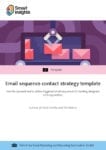Using tables and flow charts to visualize and plan automated email communications
Research shows that behavioral email communication is a powerful technique. Planning and optimizing an automated email campaign strategy empowers marketers and managers to follow-up online customer actions to help increase conversion to sale at a low cost.
Here are some common examples of event-triggered email sequences:
- Welcome sequence for a new subscriber or lead to an email list
- Welcome sequence for new customer (onboarding)
- Reactivation of customers or subscribers who lose engagement
- Abandoned shopping cart follow-up emails
- Shoppers browse or search on a site but don't buy follow-up
- Time to repurchase or replenishment emails
However, the technique is still used by relatively few companies. One barrier to setting up these event-triggered email sequences is the time it takes to specify the sequences if it's a new approach to the company or agency.
A great benefit of event-triggered e-mails is that once set up and tested for effectiveness, they are a low-cost method of boosting response. You can let the technology take the strain since there are too many triggers and layers of segmentation to manage manually.
I think that the reason event-triggered emails are underused is that maybe many companies are still in a campaign mindset. To set up event-triggered email does need investment in a project to work through the relevant creative treatment and targeting for different customer actions and position in the lifecycle. Many are maybe unaware that even low-cost email marketing tools may include this feature.
Email sequence contact strategy template
This spreadsheet provides a template for marketers to create a messaging sequence that supports their business for the range of potential event-triggered campaigns. Simply download the template, enter your information into each field following our prompts, and you'll have a comprehensive plan for your improved email sequence.
Access the Email sequence contact strategy template
How to specify automated email campaign sequences
To help marketers and consultants through the process of quickly creating a campaign we have created an email sequence planning template. It was initially developed for a client who needed an event-triggered "Welcome" email sequence based around a brochure download. It's a classic inbound/permission marketing lead generation approach that can be used for B2C or B2B campaigns where access to content or a trial service is given in return for an individual's details.
Looking to optimize your marketing strategy?
Email is a crucial tactic for so many digital marketers, but to make sure you're email activity is working as efficiently as possible (and to avoid duplication or 'spam') we strongly recommend planning your email and other channel campaigns through the RACE Framework.
Integrated across the customer lifecycle of reach, act, convert, and engage, our popular RACE Framework helps marketers plan, manage and optimize their marketing strategies.
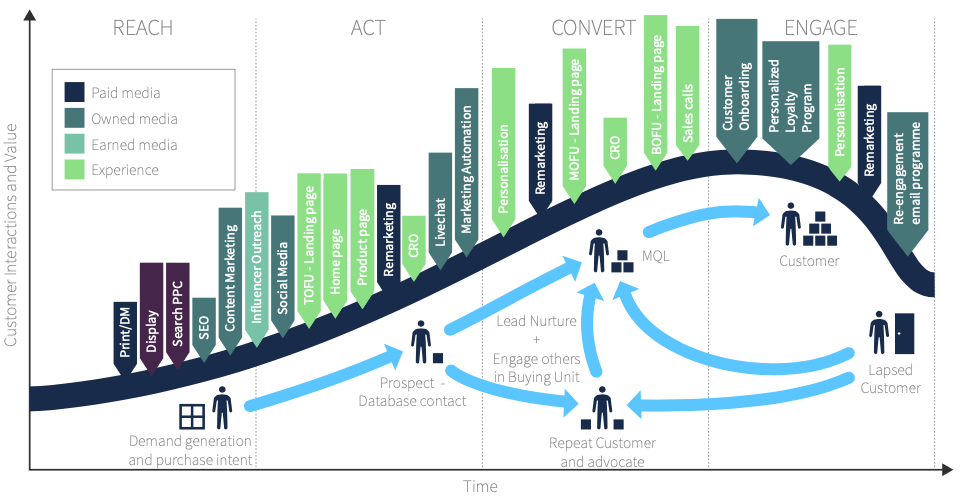
Book your free 1-2-1 consultation call today and speak to a member of the team to discover opportunities and address the challenges and solutions to winning more customers, across each stage of the RACE Framework. Need a winning marketing strategy?
Book your free 1-2-1 consultation to develop your new strategy with the RACE Framework
Book consultation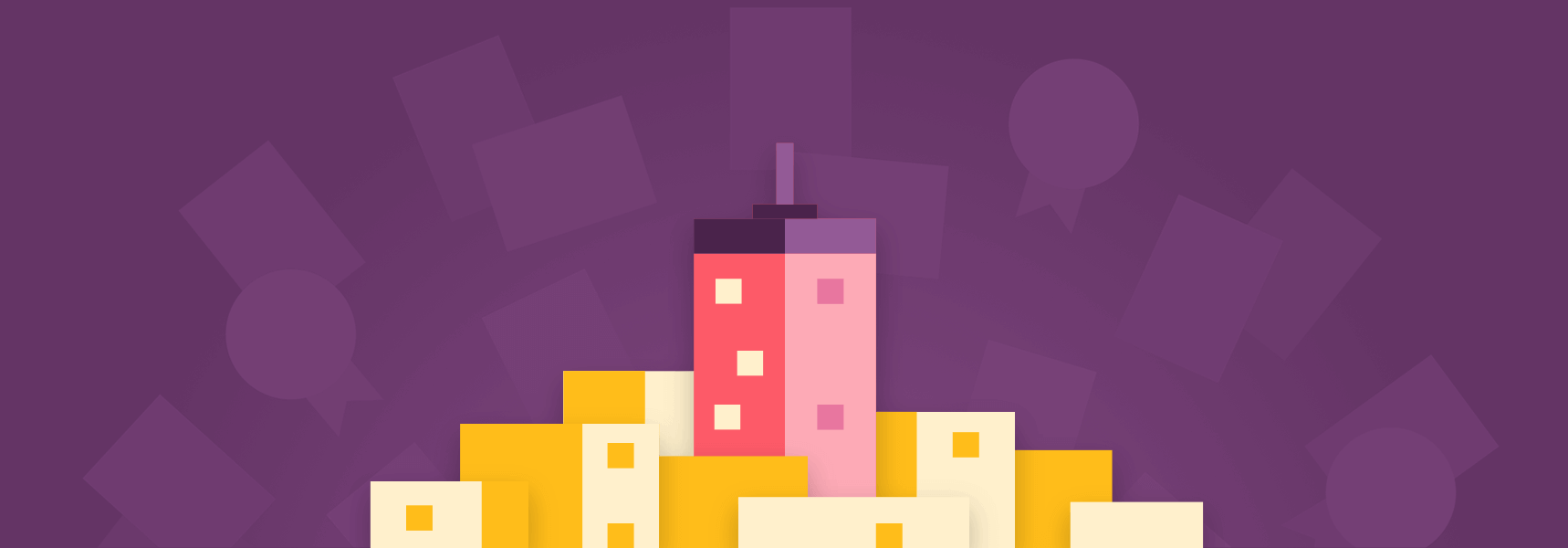
Some ideas to help develop contact sequences
In the remainder of this post I'll show some examples of how email sequences can be specified:
Example 1. Defining event-triggered automated emails
This top-level approach shows the sequence of messaging in different media to be automatically generated in response to different triggers forming the business rules.
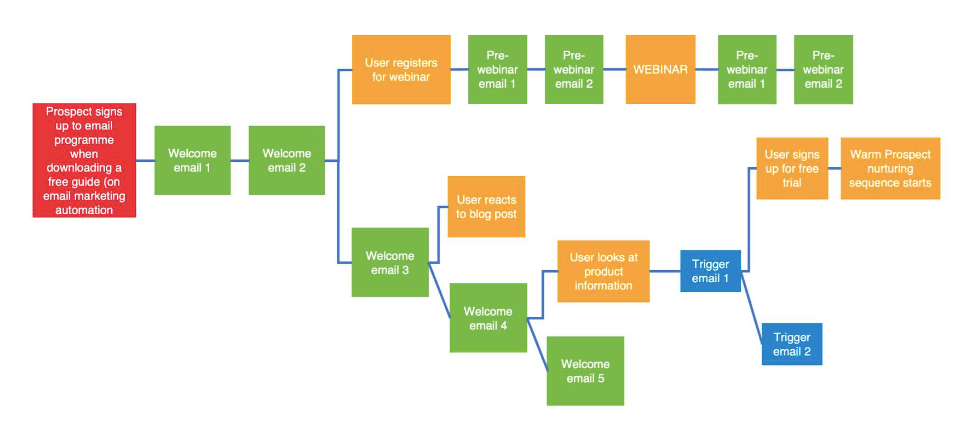
As you can see, the table demonstrates some email activities which sit in the 'interact' stage of the RACE Framework. Once the prospect acts in a way that triggers the warm prospect nurturing sequence, the next goal is to convert the prospect.
Our handy RACE funnel infographic gives more information about strategies and tactics at each level of the marketing funnel, with the end goal being repeat purchase and advocacy.
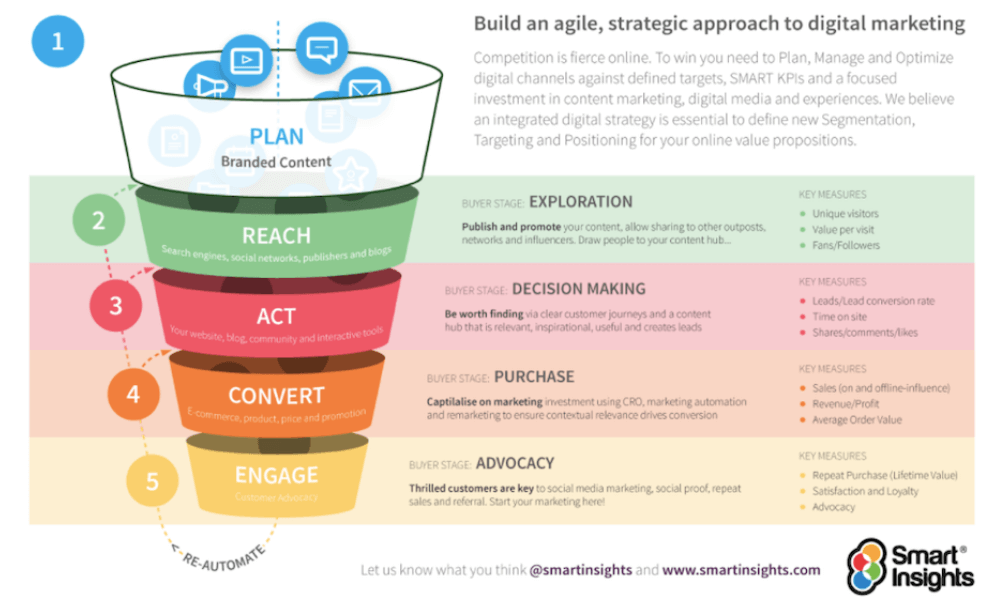
Book your free 1-2-1 consultation call today and speak to a member of the team to discover opportunities and address the challenges and solutions to winning more customers, across each stage of the RACE Framework. Need a winning marketing strategy?
Book your free 1-2-1 consultation to develop your new strategy with the RACE Framework
Book consultation
Example 2. Creative integration defined in contact strategy
This more detailed example shows how a personalized communication can be specified within different blocks of a template - it's part of our template for planning welcome sequences.

Email creative wireframe example from campaign
This is the creative that corresponds to the contact strategy defined above. It is simplified into clear blocks that can be tailored for different waves in the campaign. The left sidebar which has a high visual emphasis, so is good for response is fixed and covers both branding and response goals.
We like the simplicity of Balsamiq for mocking up these types of layouts.
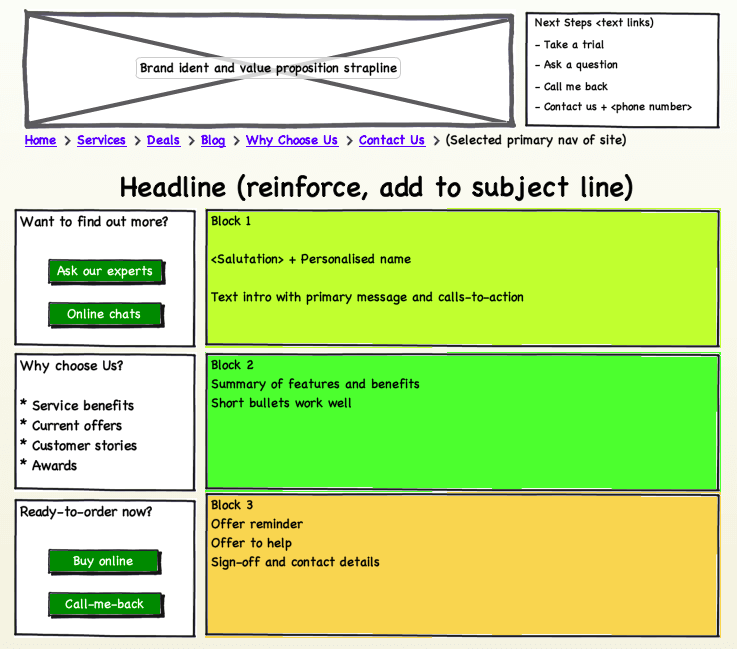
Example 3. Seasonal automated email campaign waves
This example gives a more visual representation of a multi-wave campaign through time showing the "Sense and respond" or "digital body language" approach where follow up triggered communications depend on whether the email has been open or which links have been clicked upon.
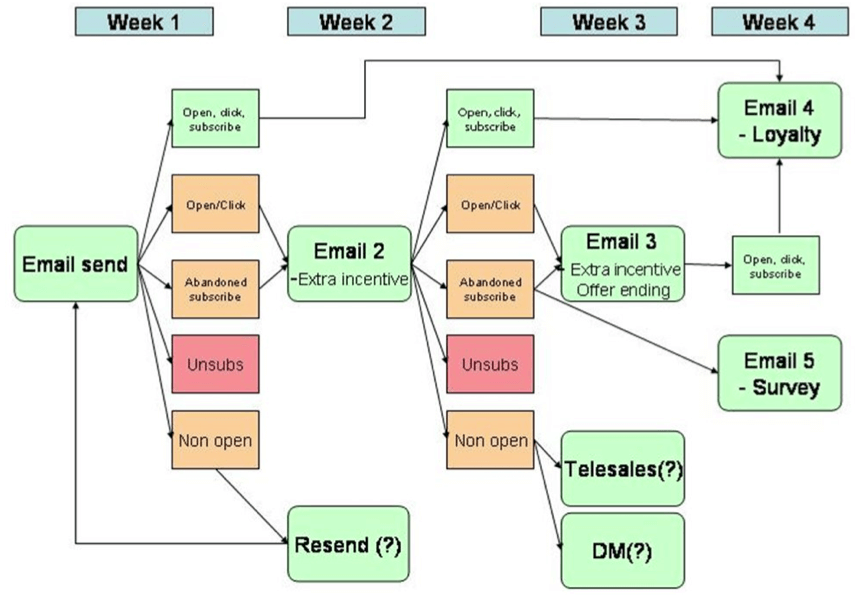
A super-intelligent approach assesses the value of the customer and their propensity to convert and then follows up with the most appropriate medium to gain conversion. So a high-value customer may receive a phone call or direct mail which could maximize conversion.
Optimize your automated email campaign strategy
Book your free 1-2-1 consultation call today and speak to a member of the team to discover opportunities and address the challenges and solutions to winning more customers, across each stage of the RACE Framework. Need a winning marketing strategy?
Book your free 1-2-1 consultation to develop your new strategy with the RACE Framework
Book consultation



